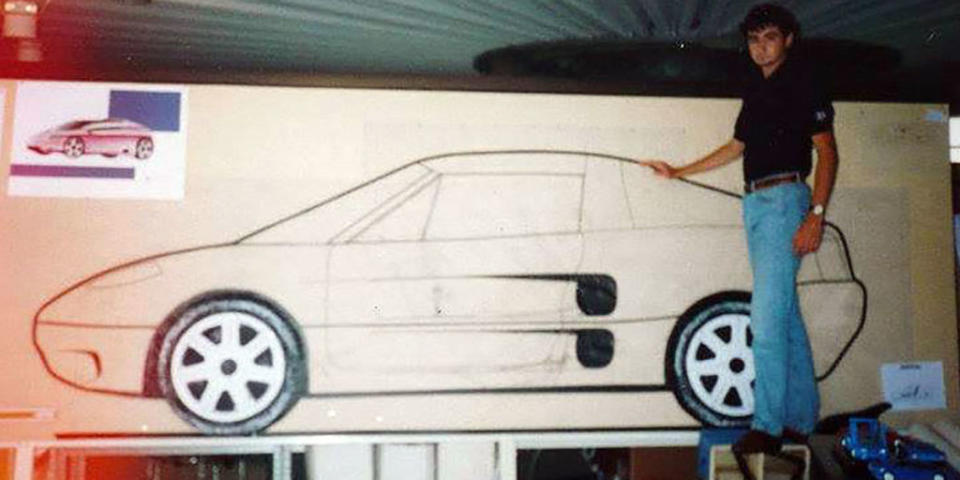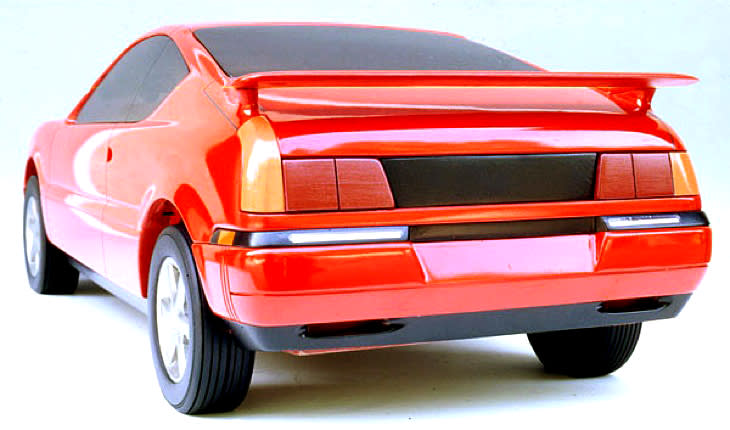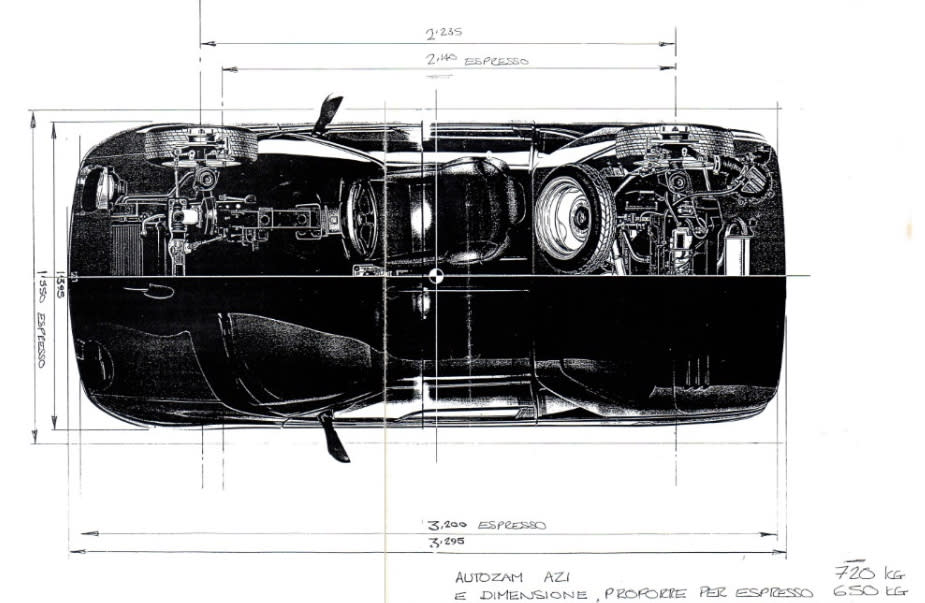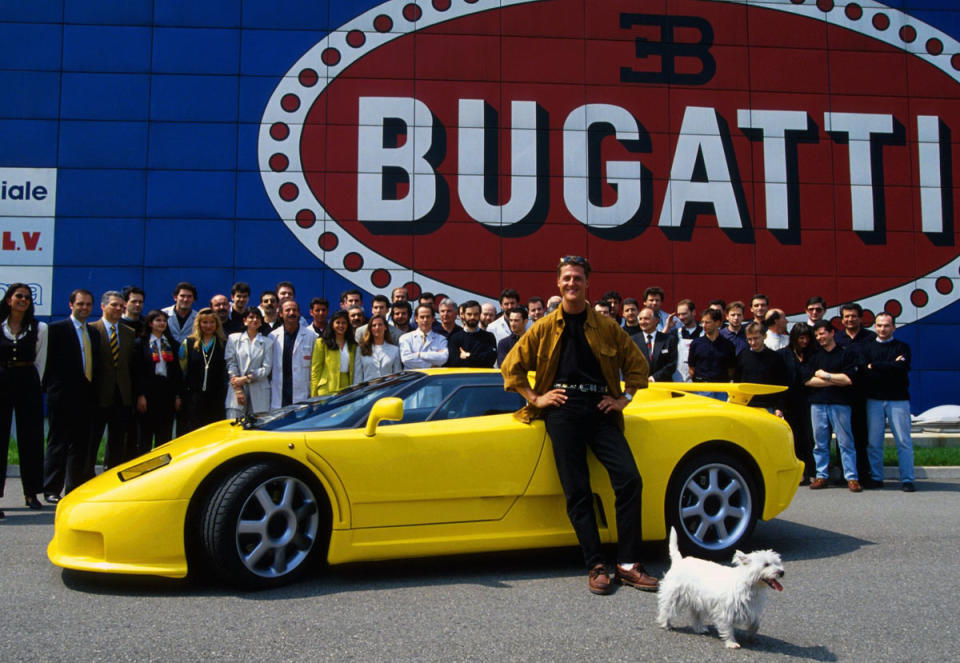When Bugatti Designed A Suzuki to Fight the Miata

Long before the idea to revive Bugatti came up, Italian entrepreneur Roman Artioli made his fortune by running a massive Ferrari dealership that sold cars to the wealthy of northern Italy and Germany. While dealing in Testarossas, he also became Italy's first Suzuki importer. Artioli spent some of the cash he earned on classic Bugattis before going one step further-setting up Bugatti International, a holding company that bought the Bugatti trademark in 1987.
The next thing you know, cars like this started popping up around Modena:

The pre-VW Bugatti company only managed to produce two and a half models before it went bankrupt in 1995: The EB110, the EB110 Super Sport and the EB112 sedan, the last of which remained at the prototype stage with just three units built when everybody had to go home.
Today, Roman Artioli claims that his plan to build what would have been the world's most advanced supercar, and a Giugiaro-designed luxury sedan sharing its drivetrain, failed because his company was sabotaged by auto industry insiders. What he forgets to mention is that his bankruptcy also scuttled what could have been the Bugatti-designed Suzuki Espresso, a mid-engined lightweight sports car for the European market.
You might know Paolo Martin's name from his work at Pininfarina: The brilliant Ferrari Modulo concept and the Lancia Monte Carlo, the menacing Fiat 130 coupé or what is probably the weirdest Rolls-Royce ever made, the Camargue. But the master designer could also pen a compact, as evidenced by the versatile Peugeot 104 supermini.
In 1990, he came up with the Bugatti 1300 Concept for Roman Artioli's viewing pleasure. His early sketches included butterfly doors, but by the time he produced an actual design study, the baby Bugatti got a lot simpler. In fact, it was absolutely down-to-earth compared to his EB110 concept, a single seater with a canopy door and a joystick for steering.

While it's highly unlikely that Artioli could have turned the Espresso concept into a budget Bugatti, he sure tried to find a way to build a Suzuki Cappuccino-based sports car for the growing European market. The problem was that the Cappuccino didn't comply with European regulations. Bugatti, of course, had an engineering team quite capable of fixing this, and turning Suzuki's tiny wonder into a sporty T-top coupé, something like the Autozam AZ-1, Mazda's kei sport car that was also built by Suzuki-if the company didn't fall apart before those engineers had the chance.

Funny enough, while Bugatti was busy in 1992 preparing the 600-plus horsepower EB110 Super Sports so that the Sultan of Brunei could order four, Suzuki Great Britain and its parent company in Japan decided to make the Cappuccino Europe-legal after all. The factory sent 1182 cars to Suzuki GB, all painted silver or red.
The introduction of tighter European emission standards ended that Cappuccino party in 1995. And Artioli's Bugatti famously ceased operations in September that year.

Artioli didn't have to give up on his dream of building a lightweight, mid-engined sports car. Since he bought Lotus from General Motors in 1993 and remained its chairman for three years, he could still enjoy the launch of the 1600 pound Lotus Elise in 1996, which he named after his granddaughter. That triumph didn't last long-he had to sell his stake in Lotus to Malaysian manufacturer Proton to pay for Bugatti's debts.
This is what's left of his factory today. As a matter of fact, quite a lot:

 Yahoo Autos
Yahoo Autos 